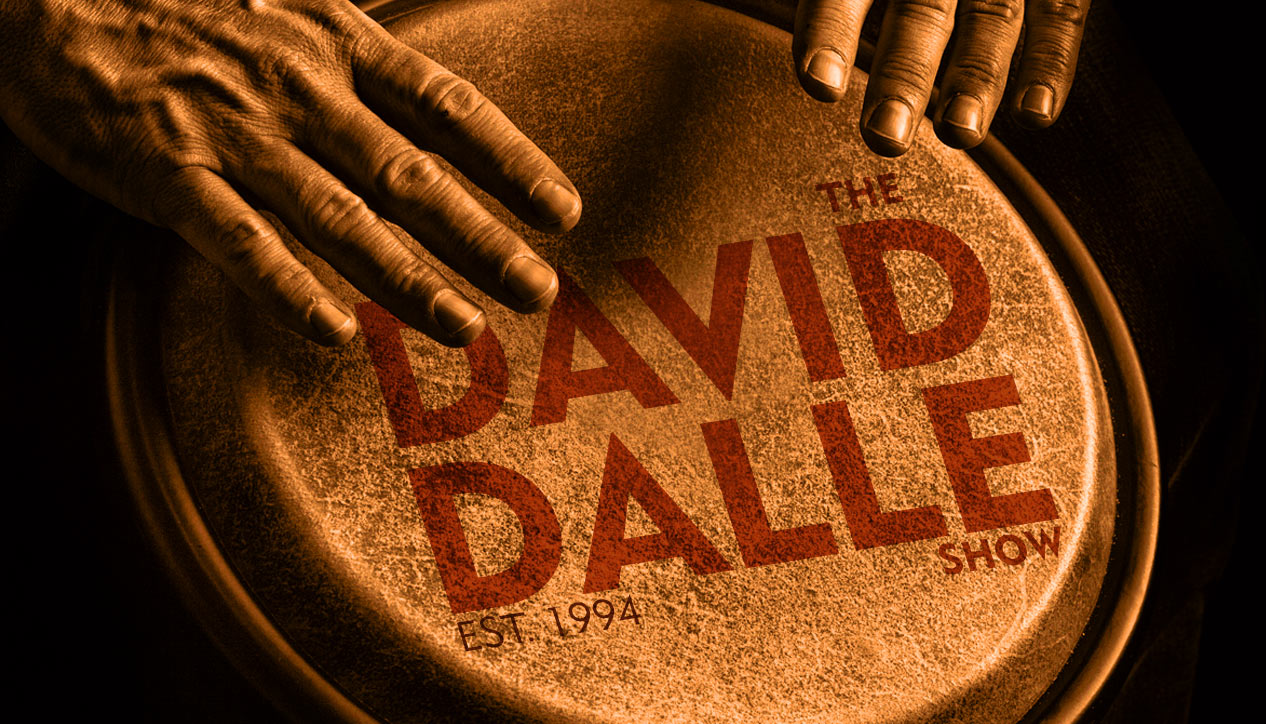David Dalle
Thursday March 28th, 2013 with David Dalle
Alfred Schnittke's 4th symphony; The Passion according to Peter Gabriel, Egypt, Sigur Ros
As I usually do on my show before Easter, I look at some music that is part of the incredibly rich religious musical traditions in Christian history, whether official liturgical music like much of Bach or personal reflections like today's piece.
Alfred Schnittke's 4th symphony from 1983, like most of his polystylistic works are a result of Schnittke's artistic explorations and commentaries on history, viewed from his unusual perspective--A native German-speaking Russian son of Jewish and Catholic German immigrants. With his 4th symphony, Schnittke wanted to explore and reconcile the different religious traditions which had a bearing on his personal and musical life. These traditions were Russian Orthodoxy, Judaism, German Lutheranism , and Catholicism. Despite his parents being atheists, Schnittke decided to embrace Christianity during a stay in Vienna in 1980. He had been exposed to German Catholicism (his mother's background) when he lived as a 12 year old child in Vienna and he felt most drawn to it. However, back in the USSR, his main exposure was again Russian Orthodoxy. He knew very little about his Jewish background, but he felt this part of his identity as well. So with the 4th symphony, he wanted to write a piece which reflected this dilemma of religious identity.
The 4th symphony has multiple layers of musical organization and there are two main organizing principles which provide the foundation. Schnittke organized the sections based on the idea of the Catholic Rosary Beads, three main parts each subdivided into five sections. The Catholic idea of the Rosary beads is as an aid to reflect on the life of Jesus through the eyes of his mother Mary. The three main parts are known as the Joyful Mysteries, the Sorrowful Mysteries, and the Glorious Mysteries. The first deals with the Annunciation, birth, and childhood of Jesus; the second is the Passion story; and the third deals with the Resurrection, Ascension, Assumption of Mary. In his 4th symphony, Schnittke did not try to have an explicit, narrative or programmatic intent, but rather, he intended to express the emotions as a spiritual reflection each of these Mysteries contains. The second main principle Schnittke uses is a combination of themes and modes. He has four main themes, each alluding to different liturgical traditions: Jewish Cantillation, Orthodox Znamennïy chant, Lutheran chorales, Catholic Gregorian chant. Each of the five sections in each of the three parts uses variations on these themes, and the original theme is not actually heard until the end of the piece. So in a simplified sense, the symphony is variations on four themes.
He also uses three different modes which are introduced with the different themes and thus idenfitied with them, but he does switch up the modes and the themes during the piece for contrast and tension. The first Mystery uses the Jewish and Orthodox themes, the second Mystery, the Passion, uses exclusively the Lutheran theme. This is likely a deliberate allusion to Bach, whose two Passions are definitely the most famous pieces in the Easter Passion repertoire and two of the crowning masterpieces of European music. And of course, Bach was extremely important to Schnittke. The third Mystery begins with the Catholic theme until all four themes and three modes are used simultaneously and ends with a fugue. The build up towards the fugue is the most dense and dissonant part of the symphony and afterwards a choir is introduced, in the first tonal section of the symphony, singing an Ave Maria in four parts, each part singing one of the themes in its original, clearest form. Schnittke wanted to show a unity underlying these four religious traditions.
Schnittke's 4th symphony is an incredibly rich, complex, emotional, and spiritual work.
| Symphony No. 4 Alfred Schnittke/Stefan Parkman, Mikael Bellini, Lucia Negro, Academy Chamber Choir of Uppsala, Stockholm Sinfonietta, Okko Kamu - The Ten Symphonies - BIS |
| The Feeling Begins Peter Gabriel - Passion - Realworld |
| Adela Stephan Micus - Desert Poems - ECM |
| Lala Todayeqoun Al-Tarfi Selim Seliman et al. - Music of Islam vol. 2 Music of the South Sinai Bedouins - Celestial Harmonies |
| Um cha'r asmar modafar Musicians of the Nile - Down By the River - Realworld |
| Passion Peter Gabriel featuring Nusrat Fateh Ali Khan, Youssou N'Dour - Passion - Realworld |
| Festival Sigur Ros - Meo suo í eyrum vio spilum endalaust - Universal |
| Ara Batur Sigur Ros - Meo suo í eyrum vio spilum endalaust - Universal |
| It Is Accomplished Peter Gabriel - Passion - Realworld |


 Subscribe to David Dalle
Subscribe to David Dalle
WOHOO! Get to actually listen to Schnittke's 4th live on air today. Managed to get stupid day-job stuff out of the way for once. ;^)
2:06 PM, March 28th, 2013